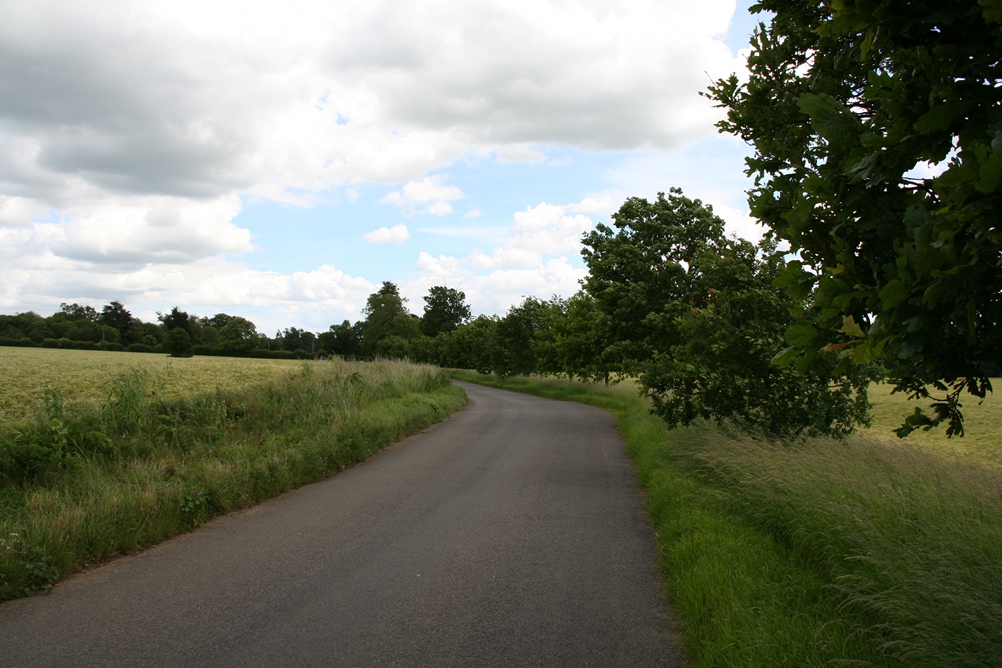It's a short walk out of the village down to the Deben River a couple of kilometres away, and as I leave my driveway, I notice the village church looking imposing across the fields.
I pass some horses in a field ...
... and then these rather beautiful cows with a handsome bull to keep them company.
The road out of the village leads on to ...
... fields of barley on either side of the road.
Tares? These oat-like interlopers reminded me of the biblical parable.
Poppies provide a bright splash of red, mostly on the verges.
Apart from the campion and red poppies along the edges of the fields, we often encounter volunteers from last year's crop. Here it's a sturdy row of wheat.
Burrowing animals have taken up squatter rights on this heap before it gets spread on the fields.
Just before descending to the level of the river, the last field I pass has oilseed rape, flowering over, seeds growing in those spiky pods.
Finally I arrive at the Deben.
It's a bit early for mallow (Malva sylvestris), which really comes into its own in a few weeks' time.
Yellow water lilies (Nuphar lutea) grow in the shade.
Splashes of red and white campion are just starting to appear. Actually I suspect that most red campion (Silene dioica) in our area is a cross with white campion (Silene latifolia a.k.a. Silene alba), and thus it is more pink than red.
Dog roses (Rosa canina) have just started to bloom in the hedgerows.
Some beautiful grasses in fallow meadowland. In the distance in front of the copse are the fairways of the Cretingham golf club.
Here we look back towards the Deben.
This brightly coloured beastie of the forest was not trying to keep his presence a secret. Actually he's a wasp beetle (Clytus arietis), and is completely harmless. The larvae live in and feed on dead wood for about two years before the adult emerges.
Ivy clings tenaciously to a tree.
Tiny flowers of hedge woundwort (Stachys sylvatica) at the edge of a copse of trees.
Litterbugs ... more about them in a later post!
More red campion.
On my return, that bull is now grazing in solitary splendour.
Ivy has made itself really at home on this oak.
A magnificent lime tree.
Of course we complain about potholes, but having grown up in Africa, I'm still amazed at how quickly the councils here spot them and repair them.
skip to main |
skip to sidebar
Images on this blog have all been taken by me. Please e-mail me at pagus.soham@gmail.com if you wish to use any of them.































































